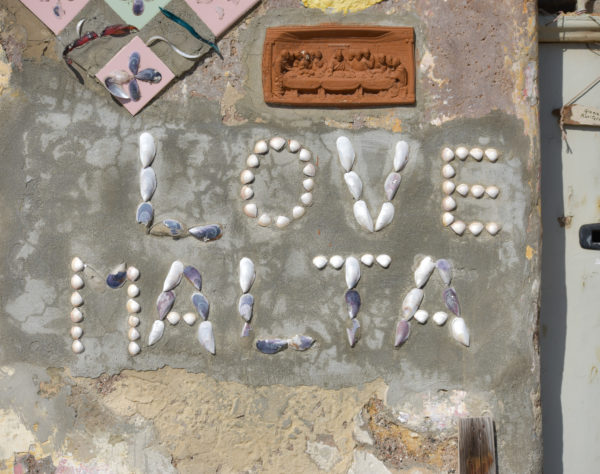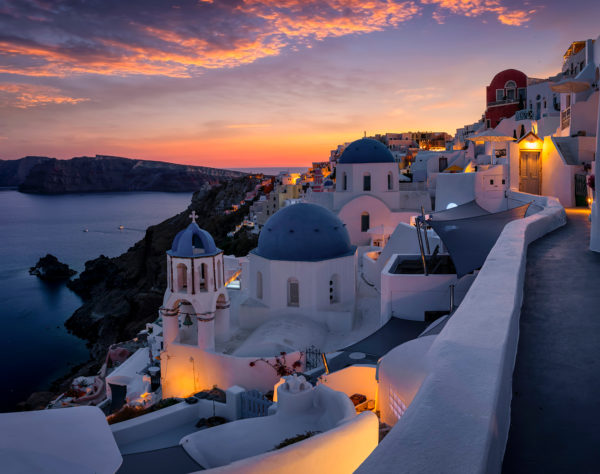
A ROAD TRIP THROUGH JURA, FRANCE’S TINIEST WINE REGION
If you are like us, you are busy making your wish list for all the places you are going to visit when you get out of lockdown, when the borders are open again and we are free to travel … and won’t we travel!! Well, be sure to put this adventure on that wish list. This road trip is only a short drive but if you are heading to Switzerland , especially via France, you will regret not visiting Jura because in addition to this wine tour there really is so much to see in Jura.

Lying along Switzerland’s western flank, the Jura is a rugged French département where forest-furred mountains trace a physical border and lower slopes are covered in vines, trees and grasslands.
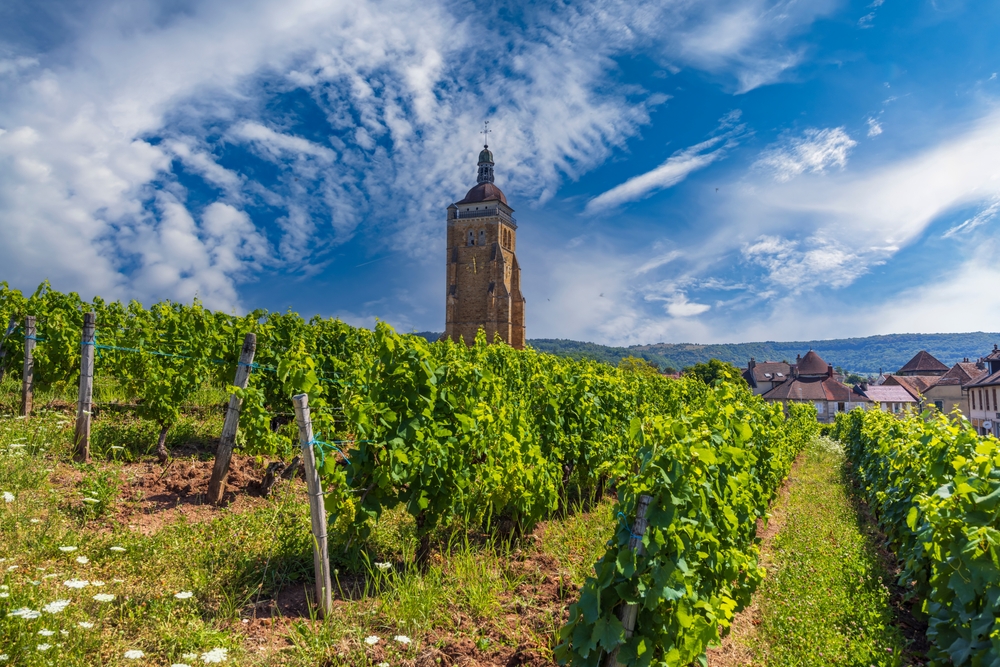
It’s known for its Comté and Morbier cheeses and its chickens, but this little adventure is about the wine. After all, the area has an independent mindset and scores of artisanal mavericks – dedicated naturalistas who produce the sort of bottles that give sommeliers across London and Paris a faraway look in their eyes.
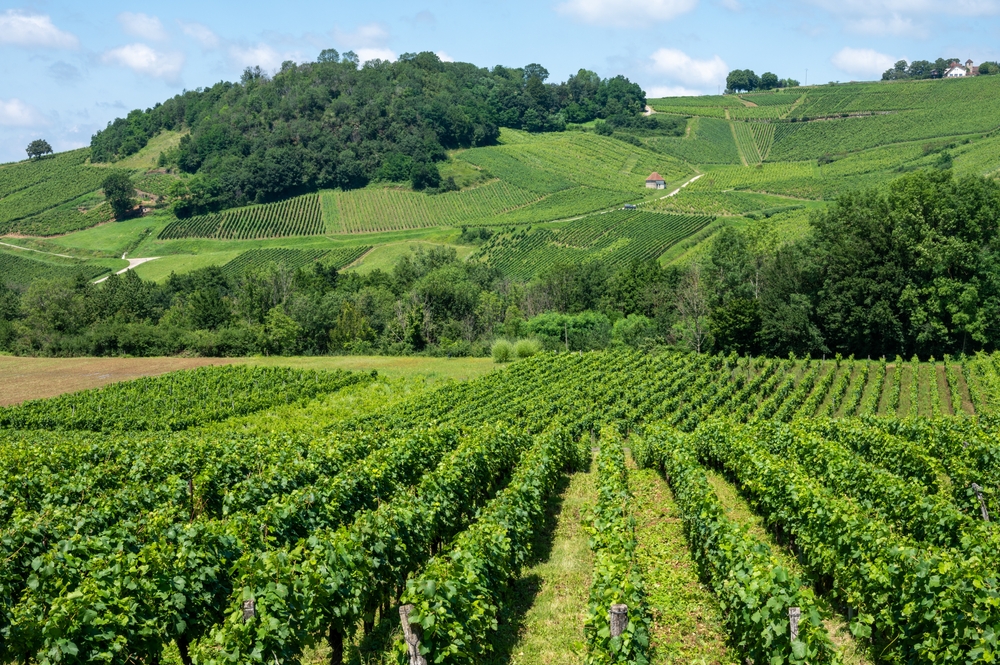
Driving around the Jura is rarely about keeping on the straight and narrow; it’s so small that it could be crossed in just over an hour, with plenty of opportunities for wild-goose chases. This loose route runs from the Citadel of Besançon to the regional capital of Lons-le-Saunier, through a landscape shaped by ingredients.

Little Arc-et-Senans has an incredible half-moon of buildings, the Royal Saltworks of Louis XV; in foodie hub Arbois there are ridges on pavements indicating the cellars below where savoury, nutty vin jaune – made from the Savagnin grape – matures for six years under a Miss Havisham veil of grey yeast known as voile. Savagnin grape seeds have been traced back 900 years and it is considered an ancient grape.
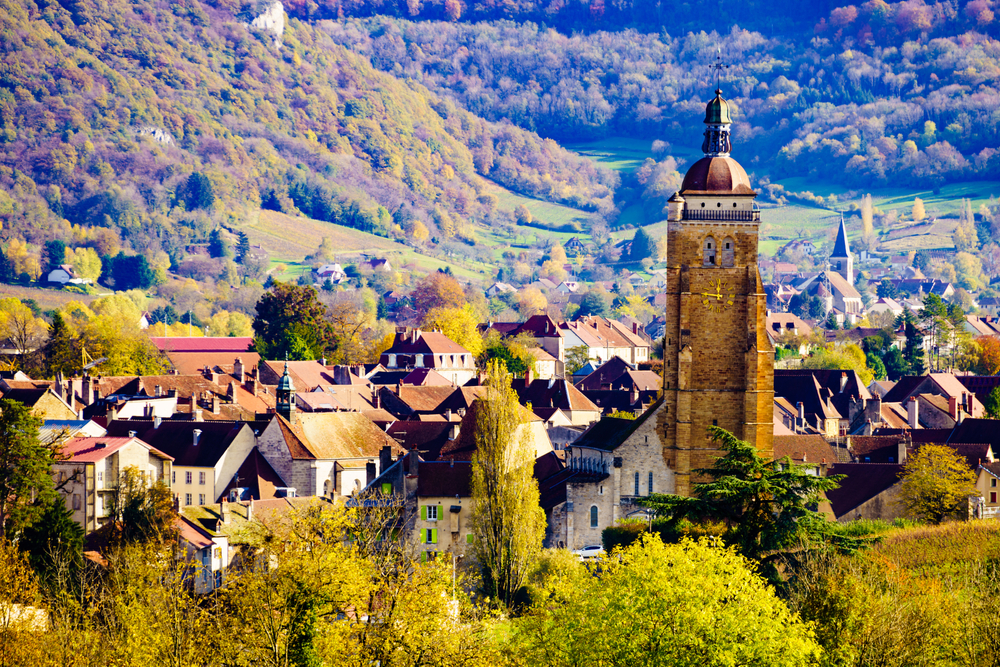
At vintner Stéphane Tissot’s place, you can taste one of the most delicious sparkling wines – pear juice flavours, not too funky. When asked what he’d eat with his vin jaune, expecting him to say hard cheese, this son of the French soil promptly replies, ‘Curry!’ The crumbling limestone that is so easy on the eye here is tough on the vines – but plants that work hard for their nourishment always get the best results.

As you drive, the rock rises in cliffs and plunges into wooded valleys. There’s also something stony in the locals’ historic determination to do things their own way, which may be a reason why the Jura became the flagship for the natural-wine movement. One of its pioneers, Jean-François Ganevat, has appeared on the drinks list at Copenhagen’s Noma, and fills half the hamlet of La Combe with amphorae of his intense, uncompromising vintages.
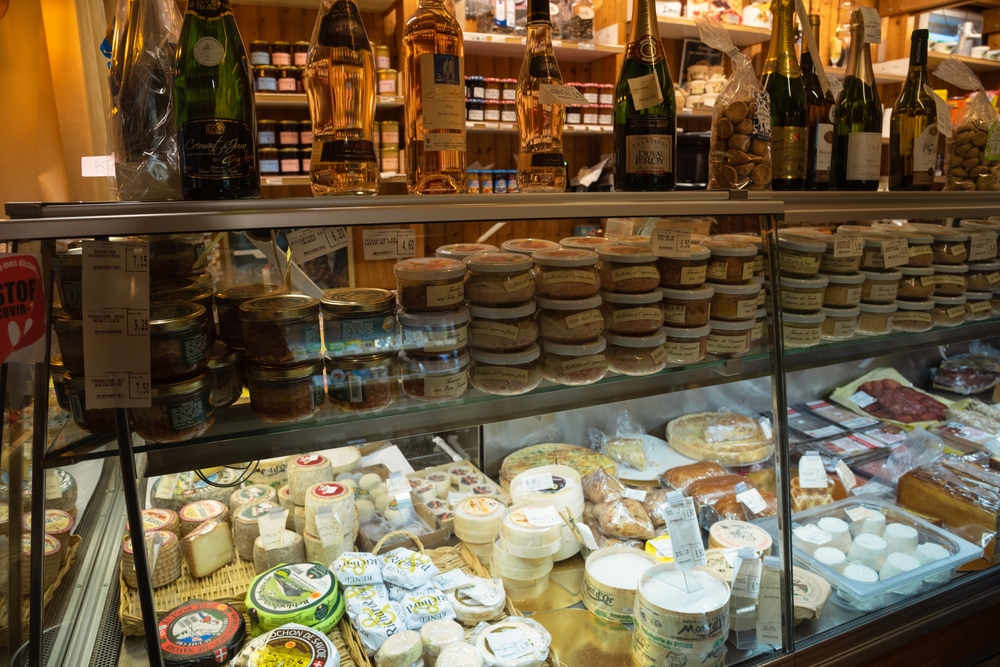

Stars like him are very difficult to track down, so instead head to the more approachable Domaine Pignier where seventh-generation wine maker Antoine proudly shows his vaulted 13th-century cellars. ‘Monks planted our vineyards,’ says Pignier. ‘But after the revolution my family bought the land.’ He points out what looks like a block of stone: an ancient saloir, or salt cellar. ‘There was no fridge in the old days.’ When you reach the village of Les Planches-près-Arbois, why not spend the night and finish your journey tomorrow? Then you can sample some of the incredible wines on offer and not have to worry about driving!
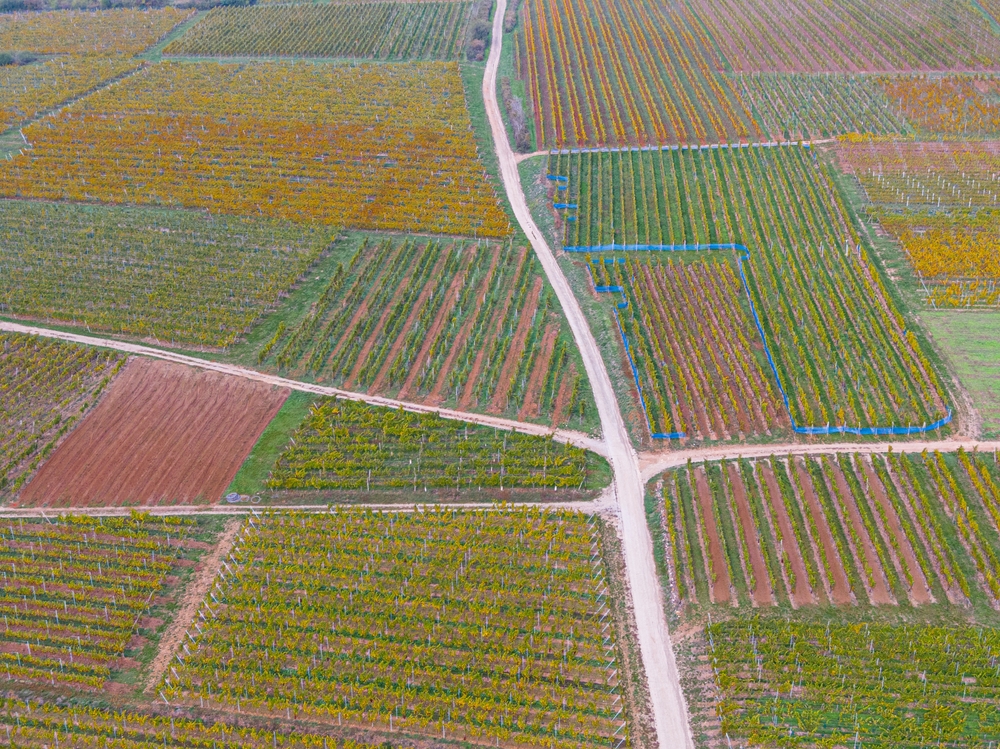
Here, in Les Planches-pres-Arbois, Antoine Le Court-Chedevergne and Julia Naar have turned an ivy-covered winemaker’s home built in 1765 into a gîte called Casa Antolià and you can try their own Les Valseuses Fleur Tropicale, a Chardonnay with hits of pineapple, citrus and sunshine.
And go for a walk through the woods to La Cascade des Tufs, an explosion of falls formed by the river bursting through cracks in the porous limestone. It’s a sublime reminder of the terroir, the elements of soil and water, that makes the wines here like nothing else you have ever tasted.
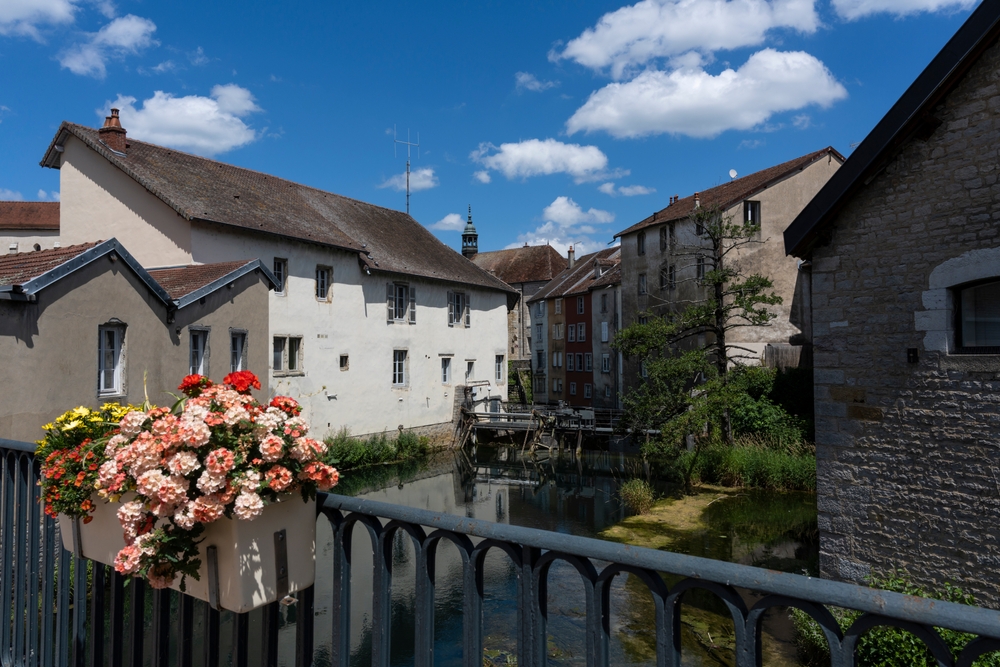

This blog merely touches the surface of things to see and do in Jura – the ski resorts in the winter turn it into a winter wonderland, biking, hiking, medieval towns, market towns, spas, waterfalls and rolling hills make for a fantastic all round holiday and fantastic for camping.
Extracted from an article in Conde Nast Traveller
Written by Award-winning oenophile Nina Caplan




